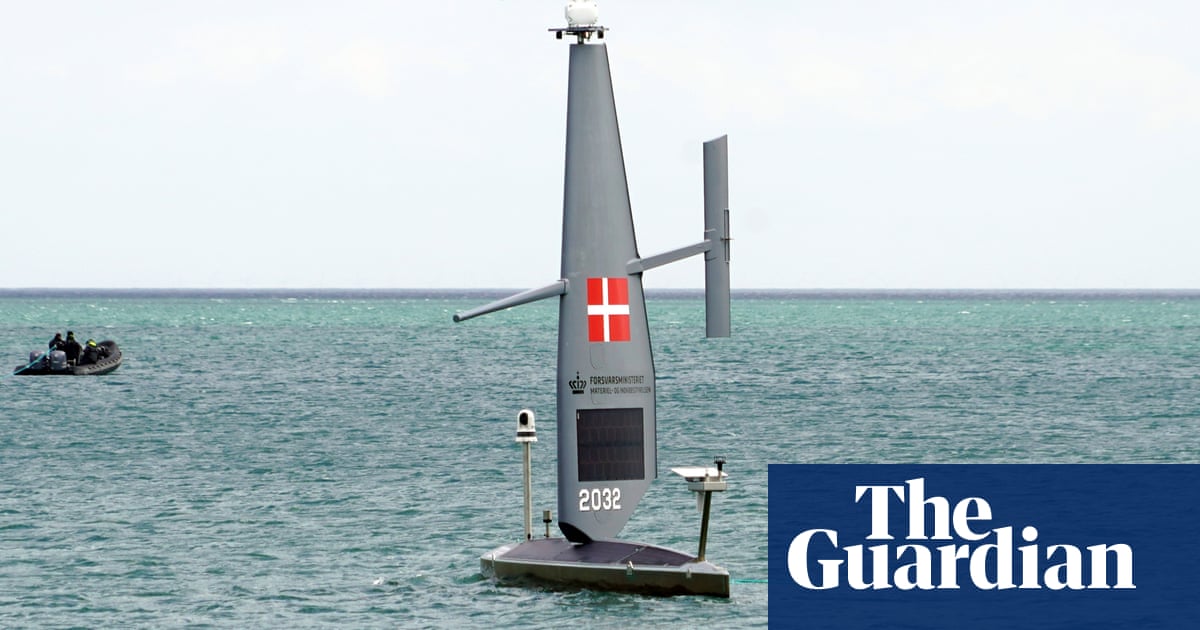Denmark is deploying floating drones on the Baltic Sea to protect undersea infrastructure and bolster maritime surveillance amid the growing threat of hybrid attacks from Russia.
The arrival of Saildrone, a California-based company, has prompted criticism in Denmark over forging tighter bonds with the US in such a sensitive area as digital security.
The backlash comes amid rapidly changing alliances, evolving technology and ongoing tensions between Copenhagen and Washington after Donald Trump threatened to take over Greenland, which is part of the Danish kingdom.
The 10-metre unmanned vessels, known as “saildrones”, resemble sailing boats but are designed solely to collect data. Using onboard AI, saildrones compile data using multiple sensors, cameras and radar to produce a more detailed picture of maritime activity than satellites can provide.
The company has previously worked with the US navy, which used its vessels to help counter drug trafficking and illegal fishing operations. Its arrival in Denmark marks the first time it has been used for defence purposes in European waters.
“The purpose of Saildrone is to give eyes and ears where we previously didn’t have eyes and ears,” said Richard Jenkins, CEO of Saildrone.
As concerns grow over Russia’s so-called shadow fleet – ageing tankers used to circumvent sanctions by transporting crude oil to China and India – saildrones can be used to verify vessel identification and flag unusual movements that may point to undersea sabotage of pipelines or data cables.
“What we’re seeing now is commercial shipping fleets being used in military applications,” said Jenkins.
“So whether it’s the shadow fleet for Russia trafficking illegal supplies that is getting around sanctions or whether they are trying to do nefarious things like damage infrastructure, we need to be able to track that.”
The Danish armed forces are deploying four saildrones in the Baltic for operational testing to improve its capacity for maritime surveillance and intelligence gathering.
However, the partnership has raised concerns among Denmark’s tech leaders.
The software engineer and entrepreneur, David Heinemeier Hansson, told Danish broadcaster DR: “The problem with American companies is that they have to follow American law, American decrees and the American president. He can demand data at any time, and he can close an account at any time.”
Jacob Herbst, head of the Danish Cybersecurity Council, said: “With the international situation we are currently seeing, you obviously have to think very carefully when choosing American suppliers in this area.”
Jenkins said they are not getting classified data in Denmark and that data is fully encrypted.
The floating drones can be powered by diesel, wind and solar and can remain at sea for over a year but their average deployment is 100 days. Between 10 and 20 saildrones would be needed to cover the whole of the Baltic.
